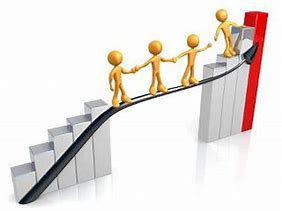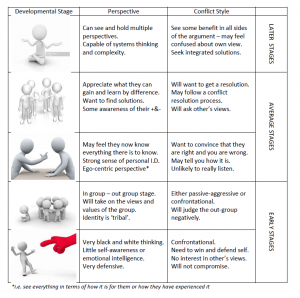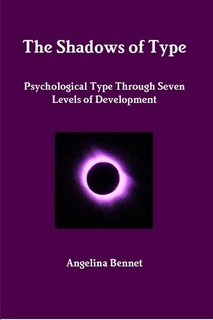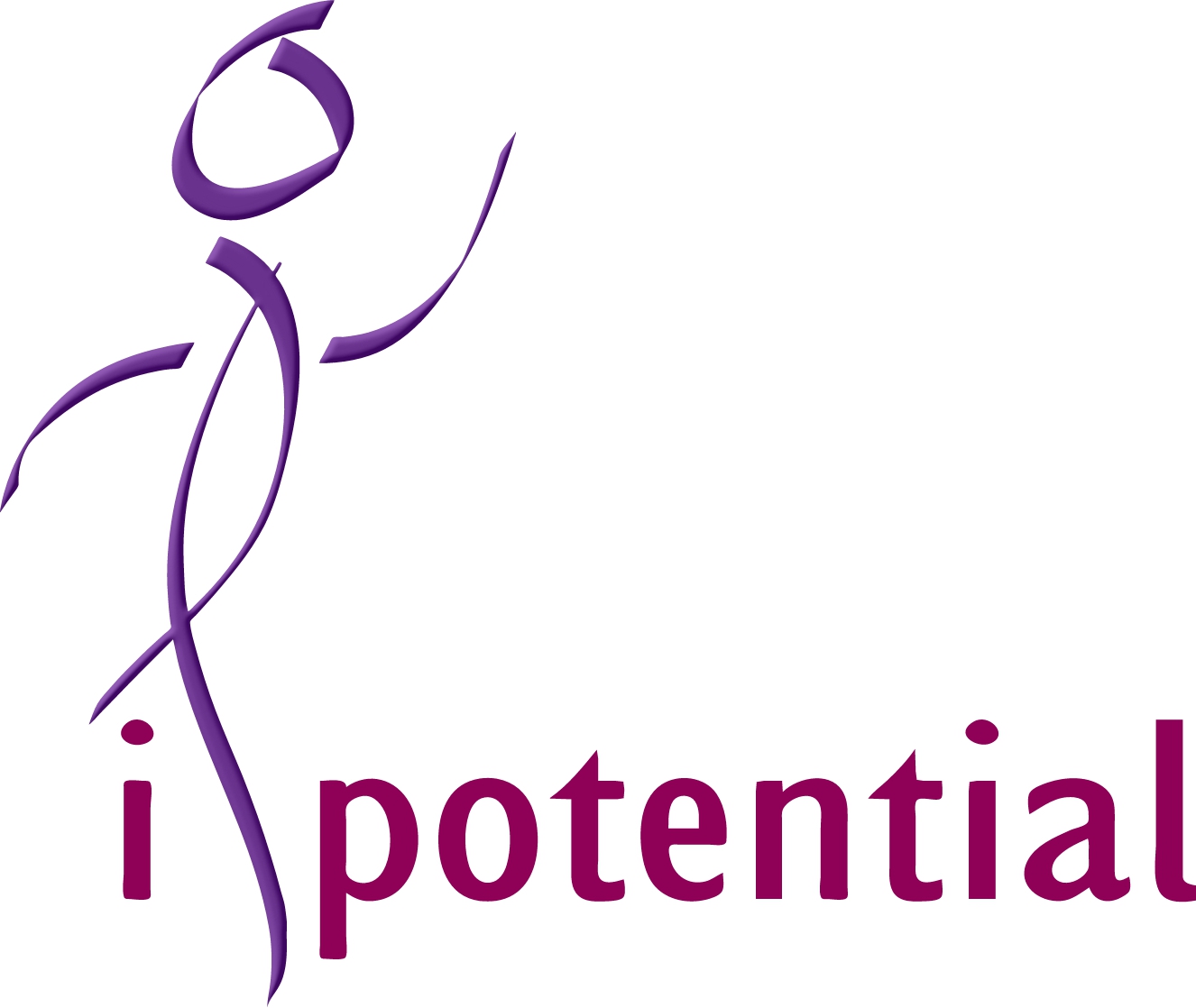6. The Potential for Conflict from the Perspective of Developmental Stage

For those of you who know me, you will know that Developmental Stage Theory (aka Ego Development) is my pet subject. Looking at where we are in our personal development combined with our Personality Type gives a richer picture of how we are likely to relate to others, deal with problems and view the world.
As a very brief and simplified introduction to Developmental Stage Theory:
- We develop personally over life through a sequence of stages
- We all go through the early stages and, if all is well with the environment we are brought up in, we will progress through the first few stages roughly in line with our age
- Most people plateau around the average stages – hence why they are called ‘average’.
- Developing beyond the average stages is dependent on experience, circumstances, needs, pushing our comfort zone, and deliberate developmental activities.
Broadly speaking, as we develop we acquire:
- Broadening of perspective
- Increased self-awareness
- Increased emotional intelligence
- More collaborative relationships
- Less defensiveness
- Increased mindfulness

All Types can operate at all levels, and our effectiveness and flexibility in the use of our Type will be different at different levels. At the earlier stages we may be very one sided and ‘full on’ in showing our Type, whilst at the later stages we may be more balanced and use more of the positive qualities of our Type.
It is difficult to understand the perspective of stages of development that we have not personally reached – it makes no sense to us. It’s like those times we hear about an animal, like a mantis shrimp, that can see 10 time more colours than a human – we cannot understand how there can be anything beyond what we can already see in the spectrum.

However, whatever stage of development we may have reached, a conflict situation can drop us down to the mindset of an earlier stage. Therefore, in a conflict situation we are likely to be defensive, show more rigid thinking, be less open to the other person’s perspective, be in competition rather than collaboration, and less aware of our own impact on the situation. This is already the recipe for poor conflict resolution. (We may also regress to earlier stages when we are with our parents or other family members).
The skill here is trying to remain calm, keep positive feelings up, and have an attitude of wanting to understand and reach a resolution. So rather than go in fighting, try to hold back, listen and ask questions (not in an interrogatory fashion!).

This is a very quick summary, and more can be found in The Shadows of Type: Psychological Type through Seven Stages of Development by Angelina Bennet.
The next article will look at the potential for conflict between those with the same Types, followed by the final Typological Perspective on Conflict –
7) How different types may try to Resolve Conflict
Earlier articles in this series of Different Perceptions of Conflict:
- The difference in conflict definition from the Thinking and Feeling perspective
2a. Extraversion – Introversion explores common misunderstandings between these styles.
2b. Judging – Perceiving explores common misunderstandings between these styles
2c. The Functions – typical misperceptions between S and N, and T and F Types
3. The Potential for conflict from our Opposing Function
4. The Potential for conflict from our Inferior Function
5. The Potential for conflict Between same Types
